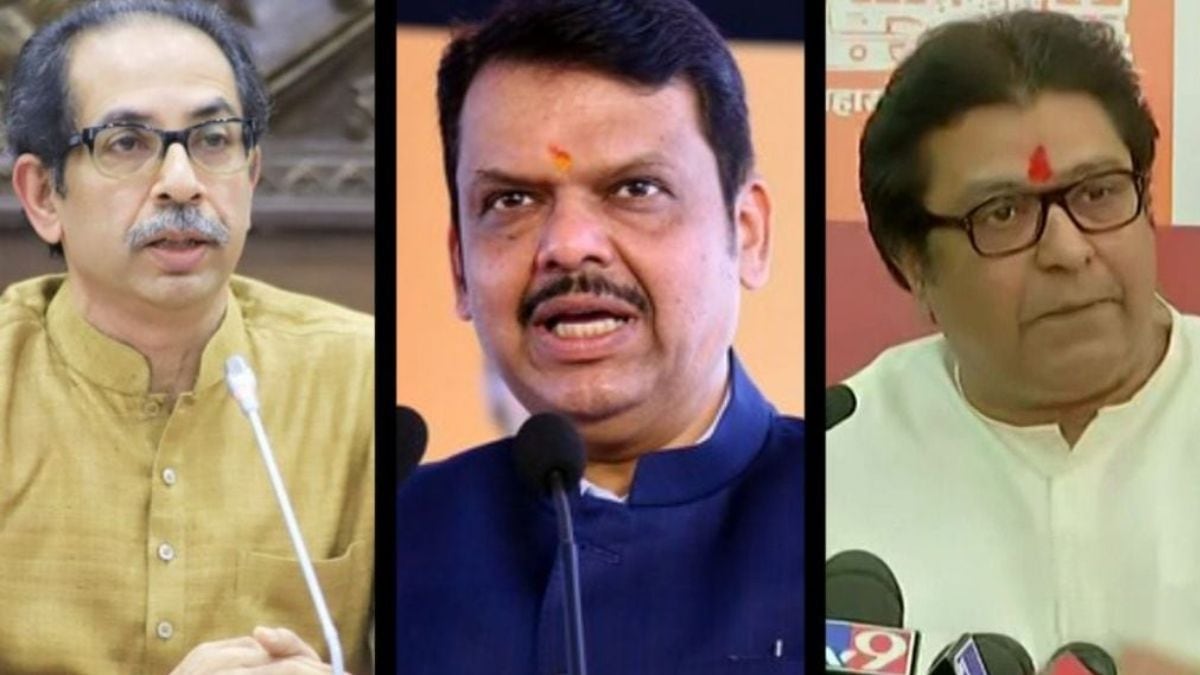The upcoming 2025 budget presents a critical juncture for India. As global economic uncertainties and geopolitical tensions loom large, the choices we make today will determine whether India can sustain its growth trajectory and emerge as a global leader in the coming decades. While India has made significant strides, particularly in building a world-class digital public infrastructure, our policy framework needs a fundamental shift to capitalise on the opportunities before us. I outline three key expectations that should be central to the 2025 budget.
India’s regulatory bodies, particularly the RBI, SEBI, and tax authorities, have traditionally prioritised stability and risk mitigation. While crucial, this approach has inadvertently created an environment that stifles innovation and hinders growth. Frequent tweaks to tax slabs, sudden changes in SEBI’s listing requirements, and abrupt curbs on new fintech products all contribute to a sense of policy uncertainty. The 2025 budget must signal a decisive shift from a stability-centric and tax revenue oriented to a growth-oriented regulatory mindset.
A cohesive regulatory council, say ” The Financial Stability and Development Council,” should be tasked with aligning macroprudential policies, financial market regulations, and tax codes, with a renewed focus on growth. This body should not only focus on reducing systemic risk but also on actively fostering innovation, competition, financial inclusion, and growth. For instance, the RBI’s mandate should explicitly include fostering fintech growth, recognizing its potential to drive financial inclusion and create a globally competitive financial ecosystem. Similarly, SEBI’s objective could include a focus on attracting foreign capital inflows, while the tax authorities should prioritise widening the tax base over raising tax rates.
Further, the council must coordinate anticipated policy changes across RBI, SEBI, and the tax authorities, and communicate policy directions transparently well in advance. This will enable investors and businesses to make long-term commitments without living in fear of regulatory uncertainty.
India needs to capitalise on the tech revolution in Fintech, AI, quantum computing, defense tech, and other frontier technologies. However, such innovation requires patient capital and a tolerance for risk/failure that is currently lacking in India. The 2025 budget must address this head-on.
India’s digital public infrastructure, from Aadhaar to UPI, has been a game-changer in advancing financial inclusion. Fintech startups have seized on these platforms to broaden credit access and digitize payment systems. However, a flurry of sudden regulatory interventions, such as the overnight changes in regulations governing digital lending products risks undermining the same innovations that boosted inclusion in the first place. To strike the right balance, policymakers must support innovation and risk-taking while enacting safeguards to ward off systemic threats.
But equally important is stable, long-horizon funding for R&D in frontier technologies like AI and quantum computing. Debt markets, with their short repayment timelines, rarely fund long-gestation experiments. Government grants and public-private partnerships can fill that void, mirroring the success of agencies like DARPA in the United States. We need to expand our sovereign wealth fund commitments to frontier technologies significantly. Current allocations are minuscule compared to global peers. Moreover, we should foster public-private partnerships for deep tech, combining government-backed long-term capital with private sector efficiency. Establishing “Deep Tech Hubs,” funded jointly by the government, large corporates, and global VCs, can create vibrant ecosystems for innovation. Generous and, more importantly, predictable R&D tax incentives, coupled with robust intellectual property protection and a stable regulatory regime for emerging technologies, are essential. Such policies can encourage firms to invest in long-term research.
Ultimately, India’s future hinges on the quality of its human capital. While we have made progress in expanding access to education, the quality, particularly in STEM (science, technology, engineering and mathematics) fields, remains a concern. The 2025 budget must prioritise a significant overhaul of our higher education system, benchmarking it against the best in the world.
We need to attract top global academic talent, particularly in STEM to create universities that rank among the top. China and Singapore offer lucrative compensation and research funding to attract the best minds; we must do the same. The budget should allocate funding to significantly boost salaries and research grants in STEM fields, making them comparable to those offered by leading institutions globally. Prioritising and incentivising research in journals that are considered for tenure and promotion decisions in top global institutions will encourage quality over quantity. Targeted scholarships for STEM scholars to pursue PhDs abroad, with an obligation to return and contribute to Indian academia, can create a pipeline of highly skilled researchers.
The 2025 budget is not just about numbers; it’s about setting a vision for India’s future. By prioritising growth-oriented regulations, fostering a deep tech revolution, and investing in our human capital, we can ensure that India not only navigates the current global challenges but emerges as a global leader in the decades to come. We cannot afford to miss this opportunity. The time for bold, decisive action is now.
Shashwat Alok is Associate Professor of Finance, Research Director, Digital Identity Research Initiative (DIRI), Indian School of Business.
Stay informed with access to our award-winning journalism.
Avoid misinformation with trusted, accurate reporting.
Make smarter decisions with insights that matter.



















